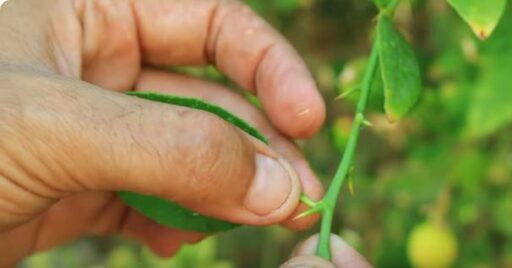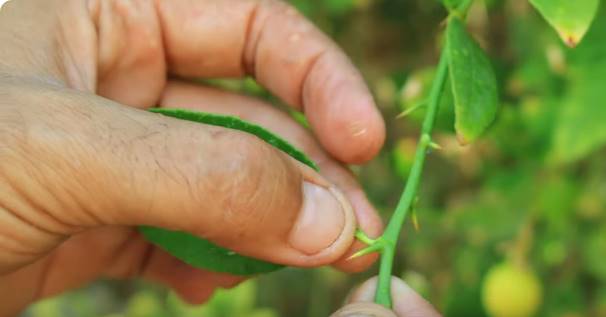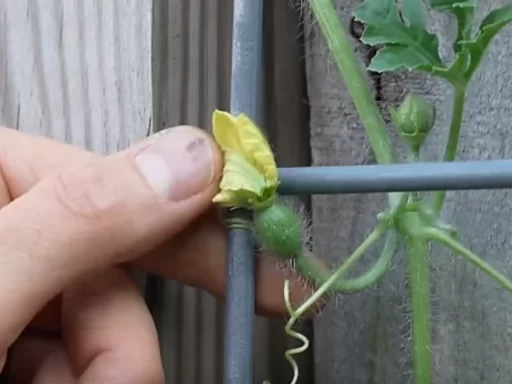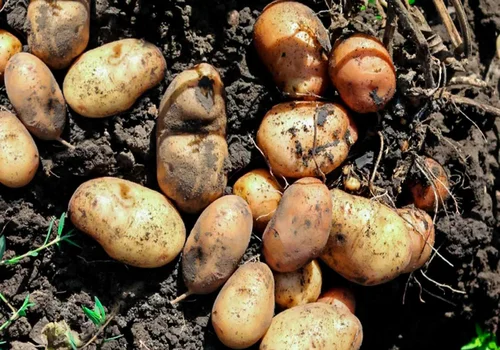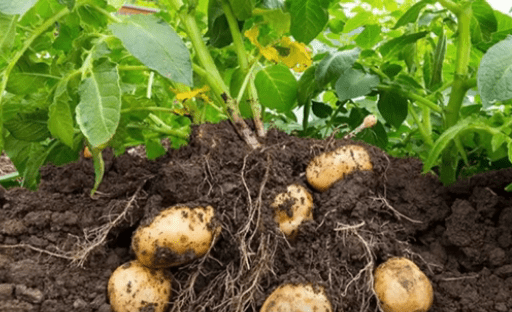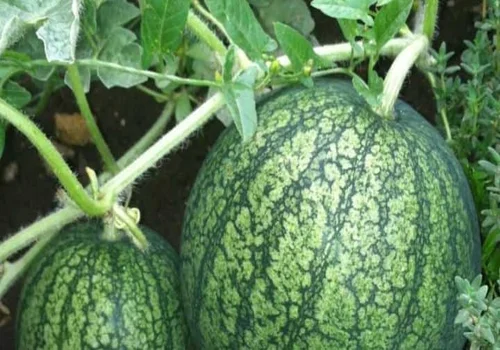Planting fruit trees can be a rewarding endeavor, but challenges arise when dealing with poorly draining soil. For gardeners with heavy clay or overly saturated ground, it may seem impossible to grow healthy trees. However, with the right techniques and adaptations, you can successfully cultivate fruit trees even in less-than-ideal soil conditions. This article will guide you through the process of planting an avocado tree in such environments, specifically in the Southeastern coast of North Carolina, where conditions may not be optimal for typical fruit trees.
Understanding Soil Challenges
Many fruit tree species require well-draining soil to thrive. Roots need oxygen, and when they sit in waterlogged conditions, they can succumb to rot. Unfortunately, the number of trees that tolerate poorly draining soil is quite limited. In regions like the coastal Southeast, sandy soils often drain too quickly, leading to nutrient deficiencies. However, there are ways to adapt and improve drainage for your fruit trees.
Selecting the Right Location
When planting an avocado tree, choosing the right microclimate is essential. In my case, I planted a Leela avocado tree about six years ago in a protected area near my house. Despite the success of this tree, I wanted to introduce a second variety that is known for being more productive. Due to limited space in the most favorable spots, I decided to use an area in my yard that is shielded from frost by a canopy of native trees.
Diagnosing Soil Conditions
Before planting, it’s vital to test the soil. Digging a test hole allows you to investigate the moisture levels at different depths. After recent rain, the soil should be saturated, revealing whether you have standing water issues. If the soil remains moist even several days after a rain, you may need to consider elevated planting options, such as raised garden beds.
Utilizing Raised Garden Beds
For trees like avocados that are sensitive to root rot, raised garden beds provide an excellent solution. A well-constructed raised bed promotes proper drainage and creates a more controlled environment for root development. Opting for deeper raised beds, such as 18 to 36 inches, can further help mitigate water retention issues.
Building a Well-Draining Soil Mix
Creating a suitable soil mix is crucial. A combination of topsoil, compost, and organic soil conditioner will enhance drainage and nutrient availability. The lower half of the raised bed should have a rich mix to encourage healthy root growth, while the upper layer can consist of pure compost, providing the necessary nutrients as the tree establishes itself.
Choosing the Right Avocado Variety
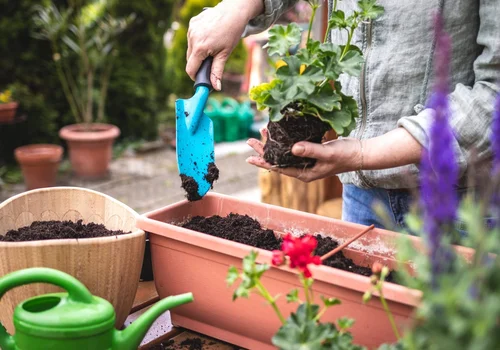
For my new avocado tree, I selected the Stewart variety, known for its cold hardiness and fruit quality. Although it is slightly less cold tolerant than the Leela, it has a reputation for heavy fruit production, which is what I seek in my garden.
Planting and Caring for Your Avocado Tree
Once the raised bed is prepared and filled with the appropriate soil mix, it’s time to plant the avocado tree. Position the root ball slightly below the soil surface to allow for adequate mulching. Applying bone meal and organic fertilizer around the root zone will help establish a robust root system.
Watering is crucial during the first few weeks after planting. Regular watering ensures the tree adapts to its new environment. Additionally, mulching around the base of the tree aids in moisture retention and temperature regulation.
Observing Results
After a few weeks, you should begin to see signs of growth in your avocado tree. With proper care and the right planting techniques, your tree will thrive even in challenging soil conditions.
Conclusion
Planting fruit trees in poorly draining soil may require extra effort and ingenuity, but it is certainly achievable. By utilizing raised garden beds and creating a well-draining soil mix, you can cultivate healthy and productive fruit trees. Always remember to assess your soil conditions before planting and to choose the right varieties for your climate. With patience and care, your garden can flourish.
Frequently Asked Questions
- What types of fruit trees can tolerate poorly draining soil?
- Some varieties of citrus and certain hybrids are better suited for such conditions.
- How deep should a raised garden bed be for planting fruit trees?
- A depth of 18 to 36 inches is recommended for optimal drainage.
- What soil mix is best for raised garden beds?
- A combination of topsoil, compost, and organic soil conditioner works well.
- How often should I water my newly planted avocado tree?
- Water daily in hot weather and every other day in milder conditions during the establishment phase.
- Why is mulching important for fruit trees?
- Mulch helps retain moisture, suppress weeds, and regulate soil temperature.
- Can I plant multiple fruit trees in one raised bed?
- Yes, as long as you ensure they have enough space and appropriate soil conditions.
- What should I do if my soil still holds water after digging?
- Consider relocating the planting site or using taller raised beds to elevate the trees further above the water table.

